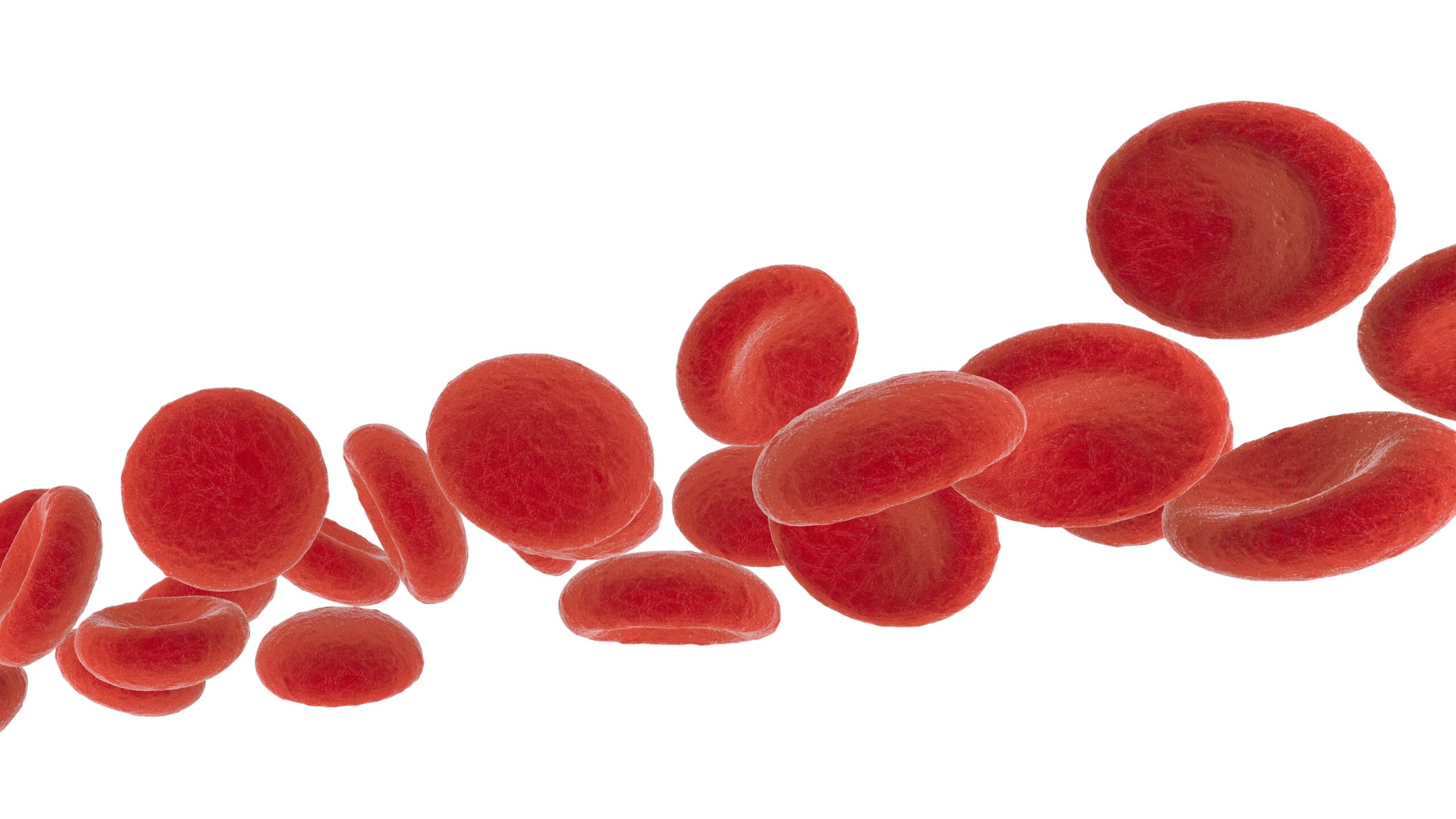
A database study has identified disparities by patient racial groups in mortality from thalassemia in the United States. Its findings were recently published in the Journal of Blood Medicine.
“Our study calls for targeted interventions to address the racial and geographic disparities existing among individuals of thalassemia in the US,” wrote lead author Jia Yi Tan, MD, of Saint Michael’s Medical Center in Newark, New Jersey.
The study investigators consulted the Wide-ranging ONline Data for Epidemiologic Research (WONDER) database at the Centers for Disease Control and Prevention (CDC) to determine thalassemia age-adjusted mortality rates (AAMRs) per 1,000,000 patients in the US. After that, they calculated the average annual percent change (AAPC) using the Joinpoint Regression Program and made subgroup analyses.
From 1999 to 2020, there were 2,797 mortalities in the US related to thalassemia. Over that period, the calculated AAMR of thalassemia-related mortality decreased from 0.50 in 1999 to 0.48 in 2020, having a calculated AAPC of -1.42.
Thalassemia-related AAMR by racial group in the US was highest among Asians at 1.34, followed by non-Hispanic Blacks at 0.65, non-Hispanic Whites at 0.32, and Hispanics at 0.11.
The AAMR for patients in urban settings was higher than that of patients in rural settings, at 0.43 versus 0.29, respectively.
“Cardiovascular disease remains the leading cause of death among individuals with thalassemia,” Dr. Tan noted.
Reference
Tan JY, Yeo YH, Chan KH, Shaaban HS, Guron G. Causes of death and mortality trends in individuals with thalassemia in the United States, 1999-2020. J Blood Med. 2024;15:331-339. doi:10.2147/JBM.S470177







 © 2025 Mashup Media, LLC, a Formedics Property. All Rights Reserved.
© 2025 Mashup Media, LLC, a Formedics Property. All Rights Reserved.